This is one in a series of posts on the Sony alpha 7 R Mark IV (aka a7RIV). You should be able to find all the posts about that camera in the Category List on the right sidebar, below the Articles widget. There’s a drop-down menu there that you can use to get to all the posts in this series; just look for “A7RIV”.
I was going to do this a7RIV test later, but I’ve had a request for this information, so I’ll get it out of the way now.
In the past, I’ve measured the scan time of electronic shutters by photographing an analog oscilloscope trace of the output from a function generator. That was effective, but it took a while to set up and was a difficult experiment for some people to understand. So these days, I’ve been using a quick-and-dirty method: photographing light from an LED that’s modulated at 120 Hz. I used the Sony 90 mm f/2.8 macro at f/4, ISO 1000, and 1/4000 second shutter speed. The high shutter speed was chosen to force the bands to be better defined, and thus easier to count.
Here’s the shot full frame with the mechanical shutter:
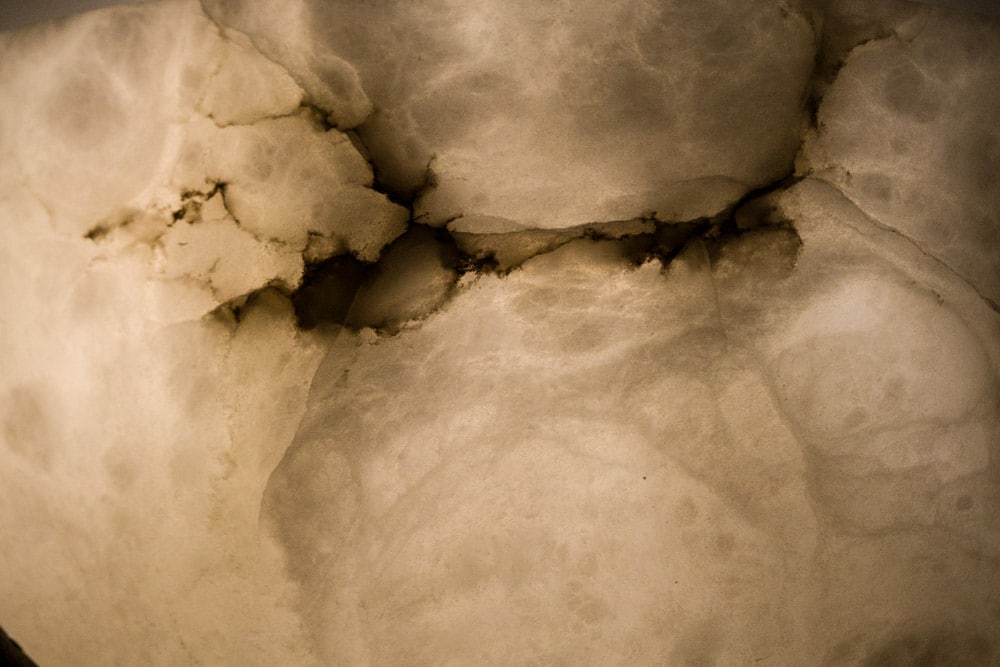
Now, the same full frame shot with the electronic shutter:
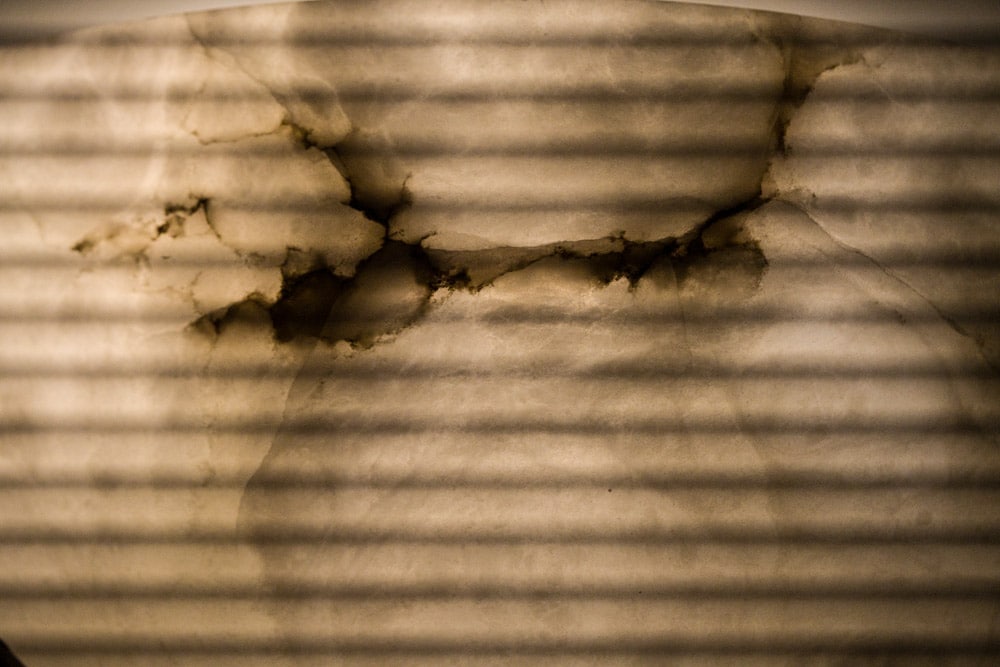
There are about 12 cycles. If each cycle is 1/120 second, that means the silent shutter takes 12/120, or 0.1 seconds to scan the whole frame. That’s 100 milliseconds, or 1/10 second. The a7RIII takes about 1/15 second to do the scan, so we’re going backwards here, thanks to the higher pixel count of the a7RIV.
If we switch to compressed raw and continuous shutter mode, the a7RIV drops from 14-bit precision to 12 bit, and the scan goes faster:
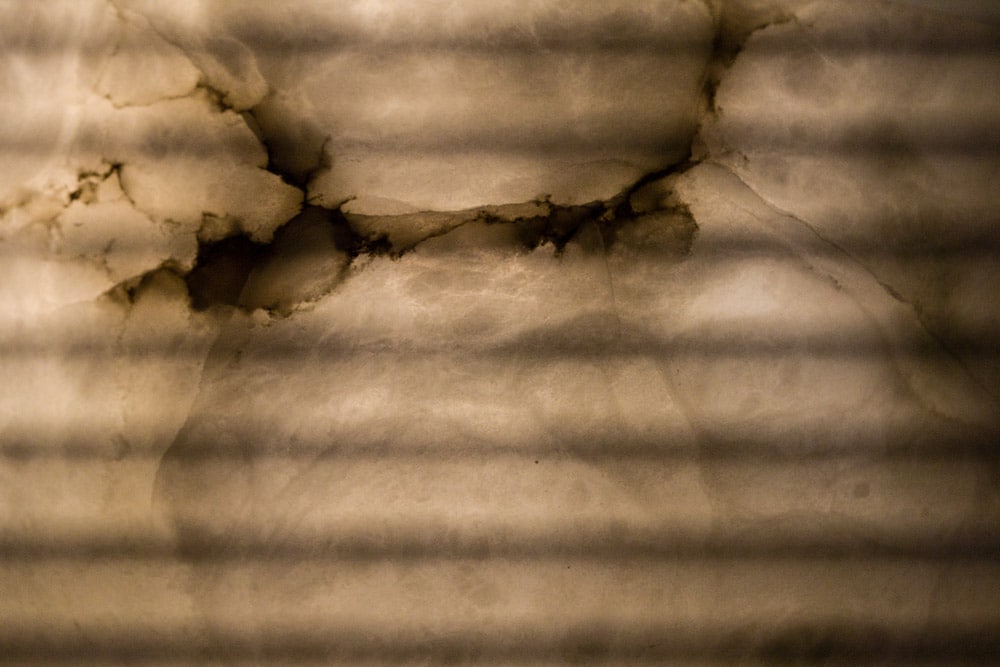
It’s about twice as fast, or 1/20 second.
Changing the mode to single shot shutter and defeating the compression, we find that APS-C mode is another way to make it faster.
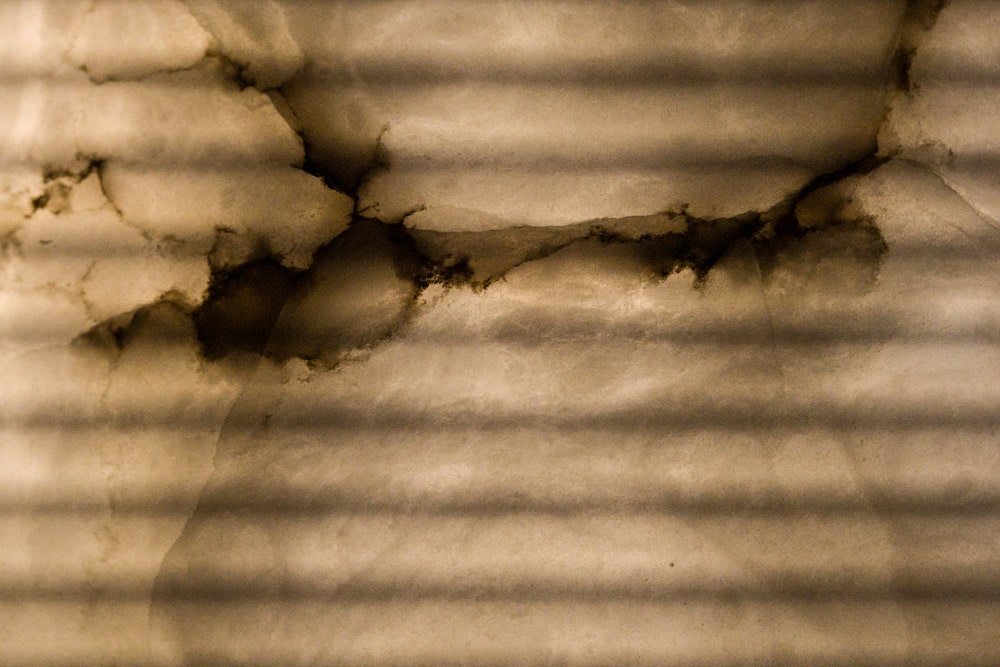
About 8/120 of a second, 67 milliseconds, or 1/15 second.
To get the very fastest scan, we put the shutter in continuous mode, turn the compression on, and shoot in APS-C mode:
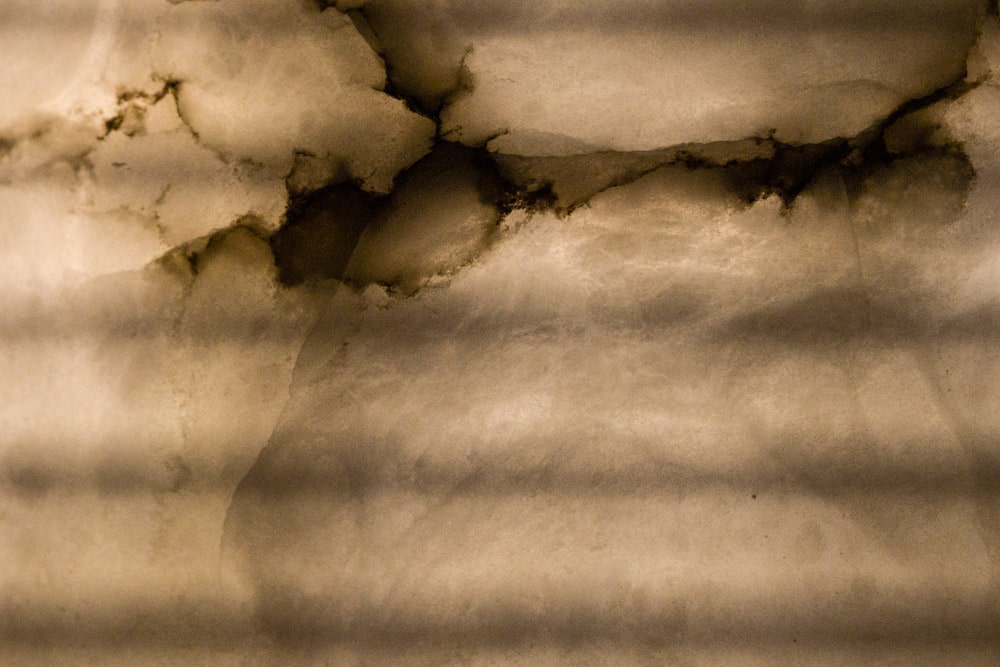
Now it’s about 1/30 second.
JimK says
I received a question: when the GFX 100 is in 35mm crop mode, how fast does it scan in 14-bit precision? The answer is 120 msec, or 20 msec slower than the a7RIV in FF 14-bit mode.
Greg Smith says
Hi Jim,
Thanks for the excellent work you have been doing! One small error I noticed while reading is that the link pointing out that the A7RIII scan speed was 1/15th of a second is mislabeled as the A7RIV, which confused me for a couple of seconds.
Thanks again for all of the great info you post here!
JimK says
Thanks. Error is fixed now.
nords says
Pixel shift without strobe again
Fred Miranda says
How about compressed and not continuous Jim? (13-bit precision)
JimK says
100 milliseconds.
Heath Rasmussen says
Hi – I may be barking up the wrong tree here but I have the following question. I have an A7RIV with firmware 1.1. When shooting with the mechanical shutter in full frame single shot mode the shutter seems to lag more and sound far less crisp and deliberate than when shooting at the same shutter speed in APS-C mode. Could this have to do with the scanning speed? Interestingly enough, however, when changing to low continuous mode the sound sounds crisp and virtually the same – irrespective of if the camera is in full frame or APS-C mode. Thanks very much in advance for any insight on this. Regards, Heath
JimK says
Sorry, I have no idea how the shutter sounds relate to their operation. I would think it would be more expensive and more difficult to have a mechanical shutter change operating mode when the captured area changes as compared to just ignoring the size of the captured image.
FWIW, the shutter sounds the same to me in full mechanical no matter what the capture size.
Gideon says
Tnx Jim for all the excellent content you post.
Quick clarification – when using mechanical shutter, what is the read out time for a7RIV in single shot?
Best
JimK says
I think you want the scan time. It’s about 1/300 of a second.
The readout takes place after the shutter is closed by the trailing curtain.
Gideon says
Tnx Jim,
Can you clarify “scan time” ? I thought that after shutter is closed bu trailing curtain you would have your CMOS read-out which is what I asked about in the previous reply..
Appreciate it.
JimK says
In an all-mechanical shutter, scan time is the difference in time between the beginning of the opening of the first curtain and the end of the closing of the second curtain. With EFCS, scan time is the difference in time between the beginning of the reset of the sensor and the end of the closing of the second curtain. With electronic shutter, scan time is the difference in time between the beginning of the reset of the sensor and the end of the reading of the data from the sensor.
gideon says
Great. Thank you.
William Walker says
Thank you for this tremendous resource. I have a question. if the camera were to be shooting full frame but at the medium image size of 5552 x 4160 would it have a bearing on the readout time?
thanks
JimK says
No. The downsampling that you refer to is performed after (or, to get technical, pipelined with) the readout of the raw data from the sensor.
Ranger 9 says
May I ask how you modulate the LED at 120 Hz for your test method? I can imagine using a microcontroller and setting the PWM clock, but don’t know the specifics.
JimK says
I just picked one that runs at twice mains frequency. Mains frequency here is 60 Hz.